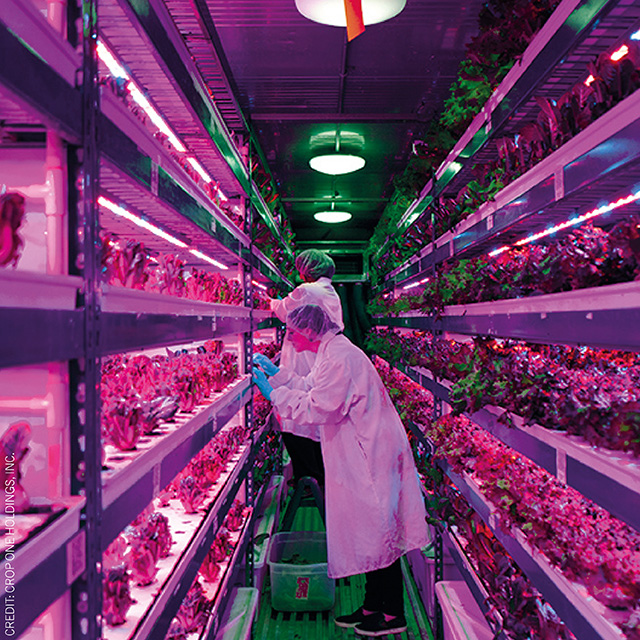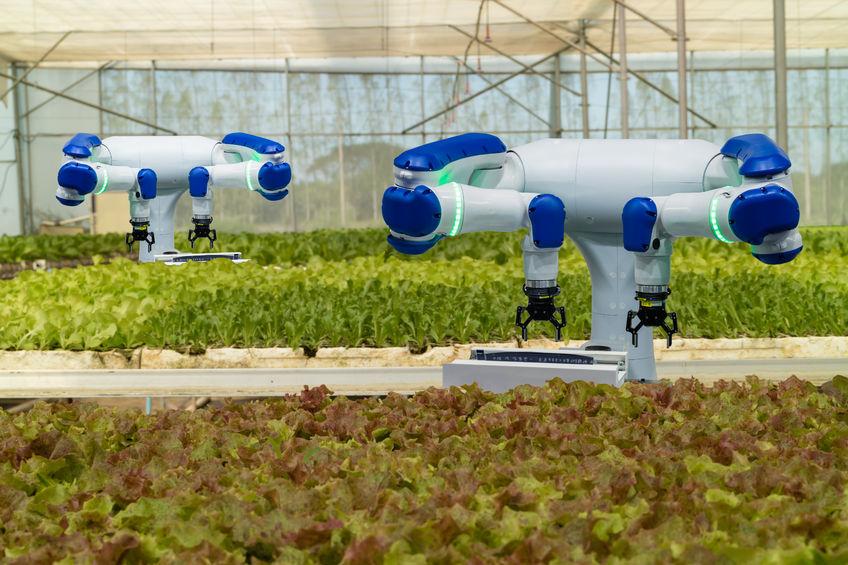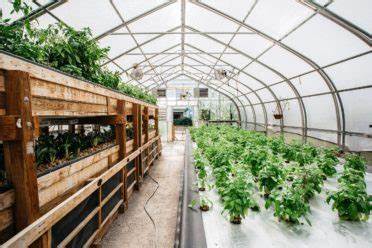
Introduction
Vertical farming is a groundbreaking agricultural practice that offers a sustainable solution to reduce food waste. This article provides an overview of vertical farming’s relevance in addressing the pressing issue of food waste and its impact on the environment, economy, and society.
Historical Background
The concept of vertical farming has evolved over time, driven by the need to maximize agricultural productivity in limited urban spaces. Early pioneers in vertical farming explored ways to optimize crop production in vertically stacked layers.
Key Concepts and Definitions
Vertical farming is the cultivation of crops in vertically stacked layers or structures, using advanced technologies and artificial lighting to create optimal growing conditions. Food waste can be categorized as pre-harvest, harvest, or post-harvest waste. The concept of circular economy plays a crucial role in vertical farming, as it promotes resource efficiency and waste reduction.
Main Discussion Points
Vertical farming techniques and technologies contribute to reducing food waste.
Controlled environment agriculture allows for year-round production and minimizes crop loss due to adverse weather conditions or pests.
Precision agriculture and data-driven cultivation methods optimize resource utilization, reducing inefficiencies and waste.
Crop selection and diversification strategies ensure better yield and risk management, reducing the impact of crop failure on food waste.
Vertical farming reduces post-harvest food waste.
Shorter supply chains in vertical farming reduce transportation and storage losses, resulting in fresher produce reaching consumers.
Vertical integration of farming and retail operations enables improved inventory management, reducing the chances of produce going to waste.
Vertical farming utilizes imperfect produce and surplus crops that may otherwise be discarded due to aesthetic imperfections.

Collaborative efforts between vertical farming and other sectors reduce food waste.
Partnerships with food banks and non-profit organizations allow excess produce from vertical farms to be donated, addressing food insecurity and minimizing waste.
Collaboration with restaurants and grocery stores enables the repurposing of food waste into value-added products, reducing landfill waste.
Integration of vertical farming with composting or anaerobic digestion systems offers an effective waste management solution, utilizing organic waste as a resource.
Case Studies or Examples
AeroFarms utilizes vertical farming to reduce food waste in urban areas. By growing crops in vertically stacked systems, AeroFarms minimizes transportation emissions and provides fresh produce to local communities.
Infarm has implemented modular vertical farms in supermarkets, reducing food waste by eliminating the need for long supply chains and preventing overstocking.
Plenty employs vertical farming to address food waste. By growing crops closer to urban centers, Plenty minimizes transportation losses and ensures a consistent supply of fresh produce.
Current Trends or Developments
Advancements in vertical farming technologies maximize resource efficiency and minimize waste. Innovations such as vertical stacking systems, LED lighting, and automated monitoring systems allow for precise control over growing conditions.
Ongoing research focuses on improving crop yields, quality, and shelf life in vertical farming systems. Scientists are exploring ways to optimize nutrient delivery, develop disease-resistant crops, and enhance post-harvest handling techniques.

Innovations in food preservation and packaging reduce waste in vertical farming. Sustainable packaging solutions help extend the shelf life of fresh produce.
Challenges or Controversies
The scalability and cost-effectiveness of vertical farming for food waste reduction are subjects of debate. Critics argue that the initial investment and operational costs may hinder widespread adoption.
Concerns about the energy consumption and environmental footprint of vertical farming systems exist. Advancements in renewable energy sources can mitigate these concerns.
Integrating vertical farming with existing food systems may face legal and regulatory challenges. Zoning regulations and food safety standards need to be adapted to accommodate vertical farming practices.
Future Outlook
Vertical farming holds potential in global food waste reduction efforts. As technology advances and economies of scale are achieved, vertical farming can play a significant role in meeting the growing demand for sustainable food production.
The expansion of vertical farming into new markets and regions will allow for localized food production, reducing the environmental impact of long-distance transportation.

Integration of vertical farming with smart cities and sustainable urban development initiatives will create synergies between food production, resource management, and environmental sustainability.
Conclusion
Vertical farming offers a promising solution to reduce food waste and address the challenges of the modern food system. Through innovative techniques, collaborative efforts, and continuous advancements, vertical farming can contribute significantly to a more sustainable and efficient food production system.
References
List of academic papers, articles, and reports on vertical farming and food waste reduction.
Relevant books and publications on the topic.
Websites and organizations dedicated to vertical farming and sustainable agriculture.




